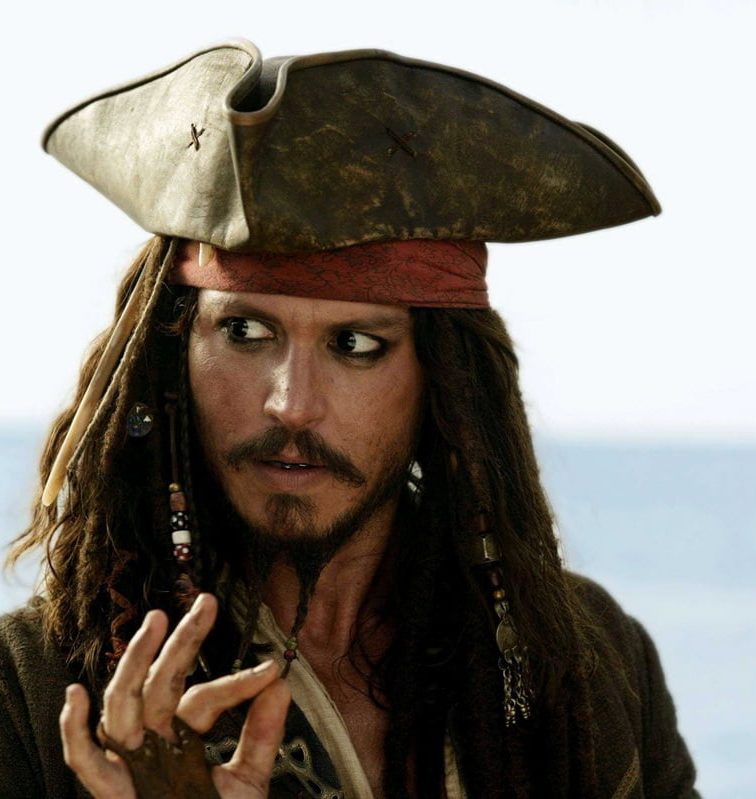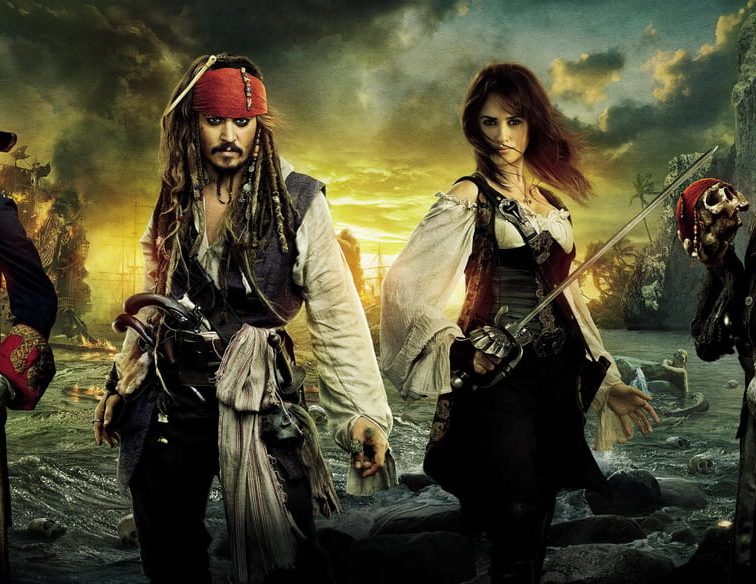Ever gazed into the horizon, imagining the sight of a Jolly Roger fluttering in the wind, or dreamt of treasure maps guiding you to chests of glittering gold? Well, pull up a hammock and prepare to set sail into the tantalizing world of pirate lore! While Hollywood and storybooks have given us swashbuckling tales of pirate adventures, the truth often strays from the fictional tales we’ve come to adore. And here’s the golden nugget – the real stories can be just as captivating, if not more.
This article, dear reader, is your treasure map to some of the most intriguing and delightful fun facts about pirates you might not have heard before. So whether you’re a budding historian, a pirate aficionado, or just someone looking for a hearty dose of trivia to share on your next voyage (or perhaps, dinner party?), you’re in the right place. Anchor’s away! Dive in, and let’s debunk myths, unearth hidden truths, and have a rollicking good time with our piratey pals from the past! 🏴☠️🌊⚓
1. Pirates Didn’t Always Wear Eye Patches
When we think of pirates, we often picture rugged men with eye patches, but did you know that not all pirates wore them? In fact, pirate clothes were a mishmash of whatever they could plunder.
The stereotypical eye patch, just like the parrot on the shoulder, is more of a Hollywood invention than a historical fact. Of course, injuries were common in the tumultuous life of a pirate, and some did wear eye patches – but they weren’t a fashion statement!
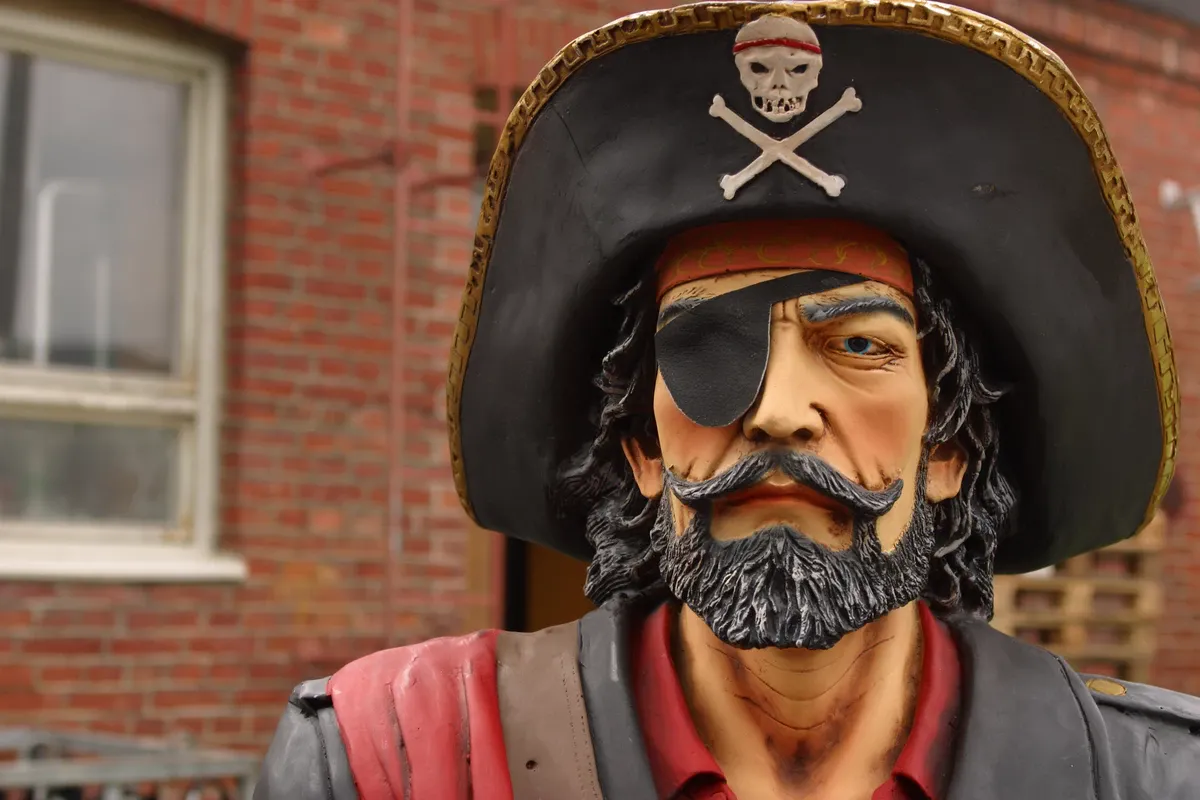
2. Pirate Ships Weren’t Always Massive
Size matters, but not in the way you’re thinking! Many believe pirates sailed the vast oceans on massive ships. While there were some large vessels, many pirates preferred smaller, faster ships. Why? They were more maneuverable and could outrun larger, heavily armed naval vessels. In the golden age of piracy, the sloop was a favorite.
So, while the massive ships were great for movies like Pirates of the Caribbean, they weren’t always the first choice in reality. So the next time you see a small boat, just think – that could’ve been the Ferrari of the pirate world!
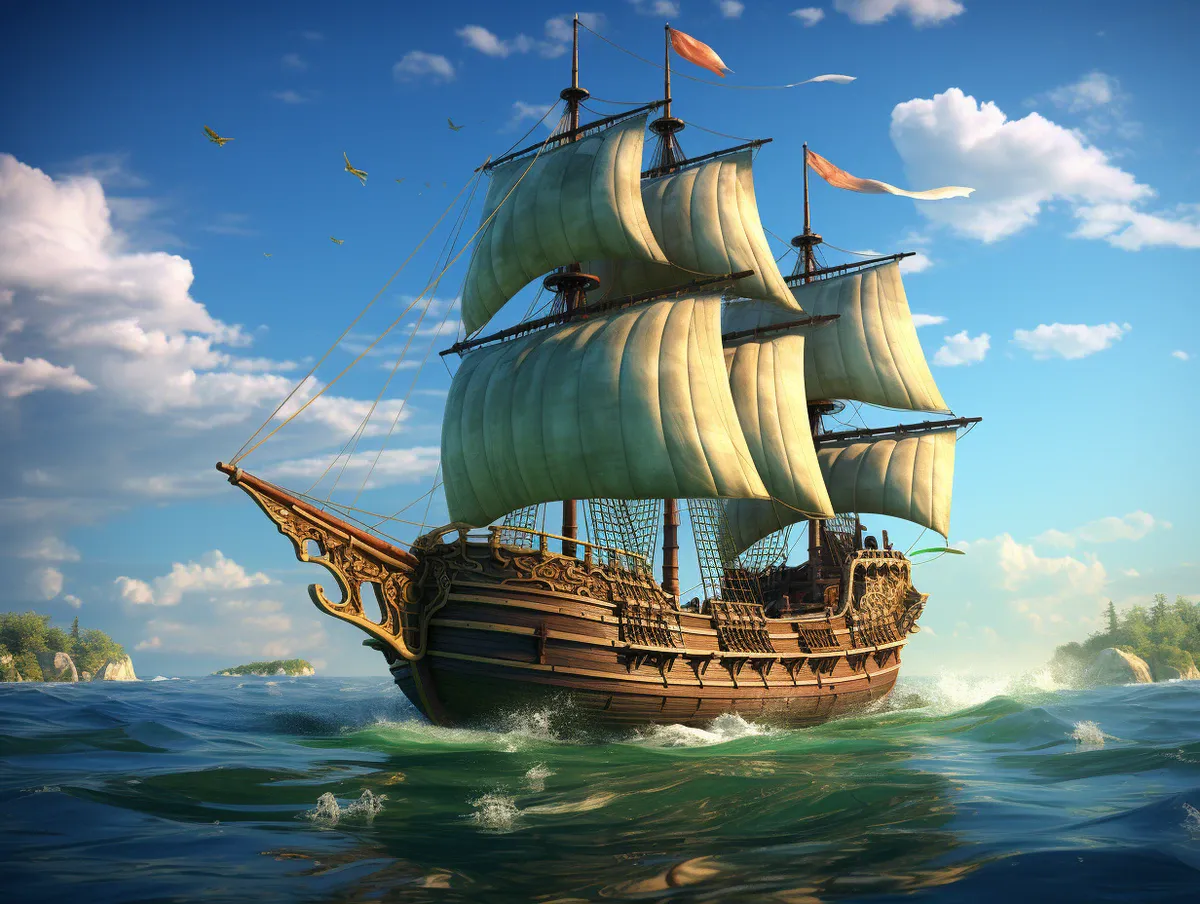
3. Pirates Had Their Own Set of Rules
Believe it or not, pirates weren’t just running around willy-nilly. Many pirate crews operated under a set of rules known as the Pirate Code. These weren’t universal; each crew had their own variations.
These codes dictated everything, from how the loot was divided to what happened if a pirate got injured. Breaking the code? Not a good idea. Punishments ranged from being marooned on an island to facing the dreaded plank. It’s a far cry from the “free-for-all” lifestyle we might associate with them!
4. Pirates in Florida Were a Real Threat
Talk about the ultimate vacation spoiler! Florida, with its sun-kissed beaches, was once a hotspot for pirates. The state’s extensive coastline, dotted with inlets and islands, provided excellent hiding spots for pirates waiting to ambush merchant ships.
Legendary pirate Black Caesar, for instance, operated around the Florida Keys. So, next time you’re sipping a cocktail in Miami, spare a thought for the sailors of yesteryears who had to dodge the notorious pirates in Florida. Fancy a pirate-themed beach party, anyone?
5. Somali Pirates: Not Just a Thing of the Past
When we talk about pirates, we often think of the golden age of piracy, but did you know piracy is still a concern today? Somali pirates, for instance, have made headlines in the modern era.
Operating off the coast of Somalia, these modern pirates target commercial ships, demanding ransoms in exchange for the safety of the crew and cargo. Although their tactics and tools have evolved (think speedboats and automatic weapons), the core principle remains eerily similar to their historical counterparts.
6. Pirate Democracy Was a Thing
Before democracy became the cornerstone of modern civilizations, pirates were practicing their own form of it. Yes, you heard that right! On many pirate ships, the captain was elected by the crew and could be voted out if they weren’t up to par.
Important decisions, like whether to attack a ship or which direction to sail, were often made collectively. This ensured that the crew remained satisfied and mutinies were kept at bay. It’s amusing to think that while many monarchies and empires were ruling with an iron fist, pirates – often seen as outlaws – were practicing a form of democracy on the high seas.
7. Pirates in Revolutionary War Played Their Part
Piracy wasn’t just about treasure hunting. During the Revolutionary War, pirates played a pivotal role, too. Known as privateers, these sailors were given licenses by governments (including the U.S.) to target enemy ships. They were essentially “legal pirates”.
These privateers disrupted British supply lines, capturing British cargo and even naval vessels. The pirates in the Revolutionary War showed that, when the price was right, they could be a formidable ally or a fearsome enemy.
8. Barbary Pirates: The Scourge of the Mediterranean
While the Caribbean gets a lot of pirate press, the Mediterranean had its fair share of buccaneering, thanks to the Barbary pirates. These sea rovers hailed from North Africa’s Barbary Coast, primarily from ports in modern-day Algeria, Tunisia, and Libya. They dominated Mediterranean waters from the 16th to the 19th century, capturing ships and raiding coastal towns.
But their most chilling legacy? Enslaving Europeans. It’s estimated that they enslaved more than a million people! Their reign of terror was such that it prompted the U.S. to build up its navy to counter them.
9. Pirates’ Cove in San Luis Obispo: A Pirate’s Paradise or Just a Name?
A trip to California might bring up images of Hollywood or the Golden Gate, but have you ever heard of Pirates’ Cove in San Luis Obispo? While it may sound like the perfect hideout for pirates, it’s actually more myth than reality.
While there’s no concrete evidence pirates frequented this picturesque cove, the rugged coastline and hidden caves sure make it look the part! Today, it’s a popular beach and hiking spot. So, while you might not find buried treasure, the breathtaking views are a gem in themselves.
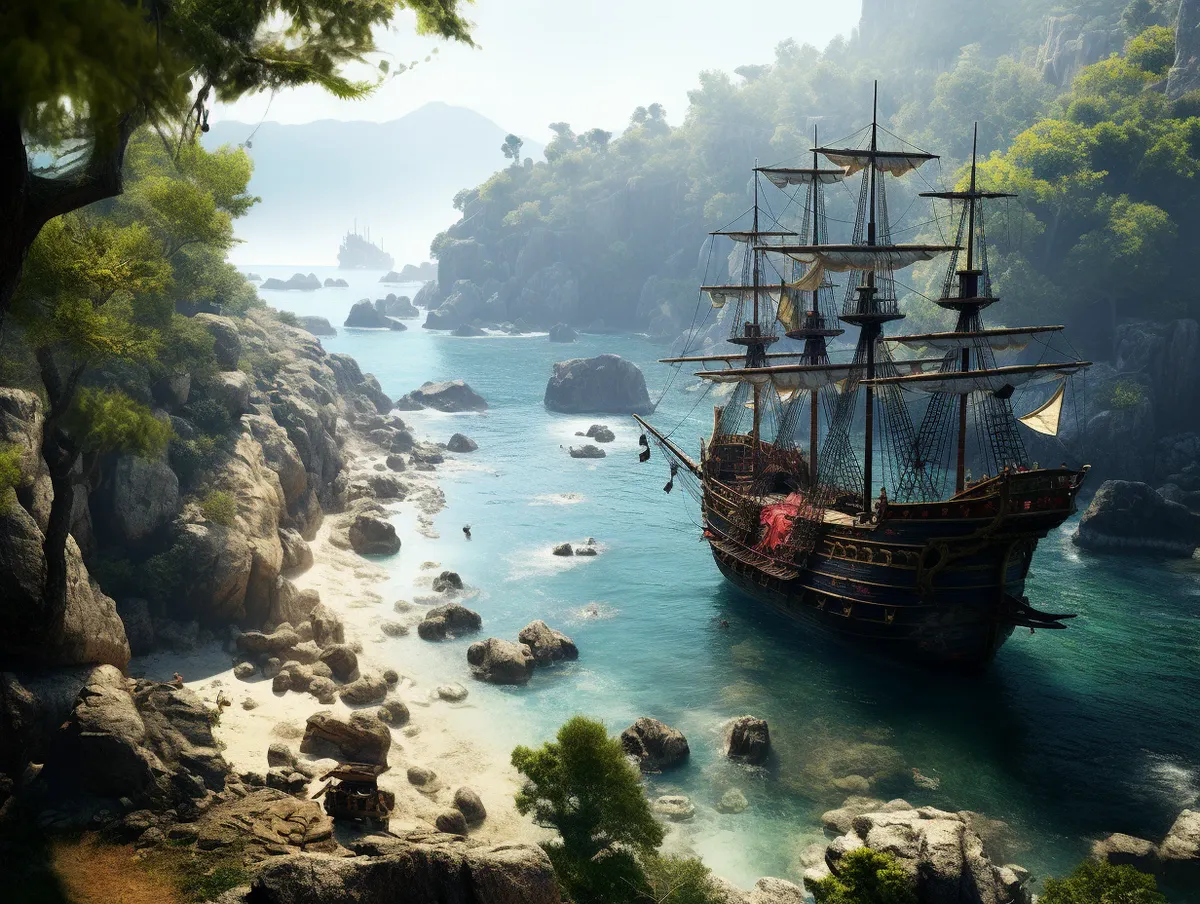
10. Pirates Weren’t All Bad Hygiene Buffs
Let’s talk about pirate cleanliness or the lack thereof. One might think pirates were, well, stinky and avoided water unless they were in it. Surprisingly, that’s a bit of a myth.
Pirates, especially when docked, would often freshen up, taking advantage of freshwater sources. Some ships even had bathhouses! So, how often did pirates bathe? While it varied, they probably bathed more often than many of their land-lubber counterparts in that era. So, the next time you picture a pirate, imagine him with a rubber ducky!
11. Pirate Women Broke All the Rules
Who said piracy was just a man’s world? Female pirates like Anne Bonny and Mary Read shunned the societal norms of their time, proving that women could be as fierce and formidable as their male counterparts.
These ladies weren’t just sidekicks but held their own in battles and plunders. Often, they’d disguise themselves as men to avoid detection and to command respect in a male-dominated world. So, what’s a female pirate called? The same as a male one – a pirate! Though, these trailblazers were sometimes referred to as “pirate queens” due to their unmatched bravado.
12. The Real Story of Pirates: Not Always a Life of Adventure
Ahoy, landlubber! You might be thinking that the life of a pirate was all about daring adventures and treasure chests overflowing with gold, but the real story of pirates was often far less glamorous.
Malnutrition, diseases like scurvy, and the constant threat of injury or death meant that the average pirate’s life was short and tough. Between the battles, many days were spent on mundane tasks like repairing sails, scrubbing decks, and keeping the ship seaworthy. Not quite the constant party Hollywood would have us believe, is it?
13. The Jolly Roger Wasn’t the Only Pirate Flag
Skulls and crossbones have become synonymous with pirates, but did you know that many pirates had their own unique flags? The infamous “Jolly Roger” with its stark black background and white skull was just one of many.
Some flags depicted hourglasses (time’s running out), bleeding hearts (a violent end), or even full skeletons. Each flag was designed to instill fear in the hearts of their prey, making them surrender without a fight.
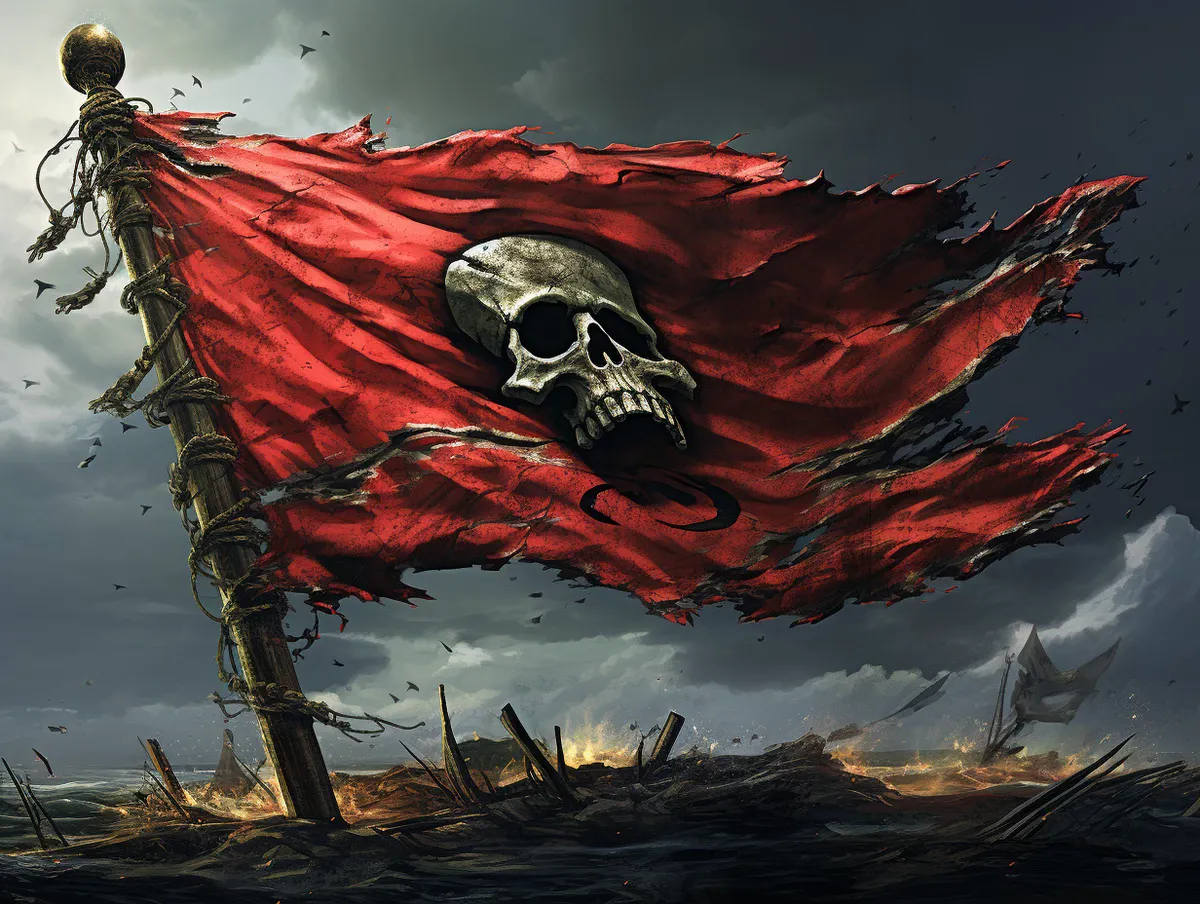
14. The Golden Age of Piracy Was Relatively Short
You might think that pirates dominated the seas for centuries, but their most infamous period, known as the Golden Age of Piracy, was relatively short. Spanning from the 1650s to the 1730s, this era saw some of the most famous pirates like Blackbeard and Calico Jack make their mark.
Factors like increased naval patrols, pirate hunters, and international treaties contributed to the decline of piracy post this era. So, while pirates have been around in some form for centuries, their true heyday was but a blink in maritime history.
15. Modern Pirates Don’t Always Look Like Captain Hook
When picturing pirates, it’s easy to get caught up in images of cutlasses and feathered hats, but modern pirates often look quite different. Operating in regions like Southeast Asia and off the coast of Africa, these pirates use speedboats and are armed with modern weapons like automatic guns.
Instead of treasure maps, they use sophisticated technology to track and attack vessels, often seeking ransoms rather than buried treasure. It’s a stark reminder that while the age of sail is gone, piracy, in its evolved form, still poses a threat on the high seas.
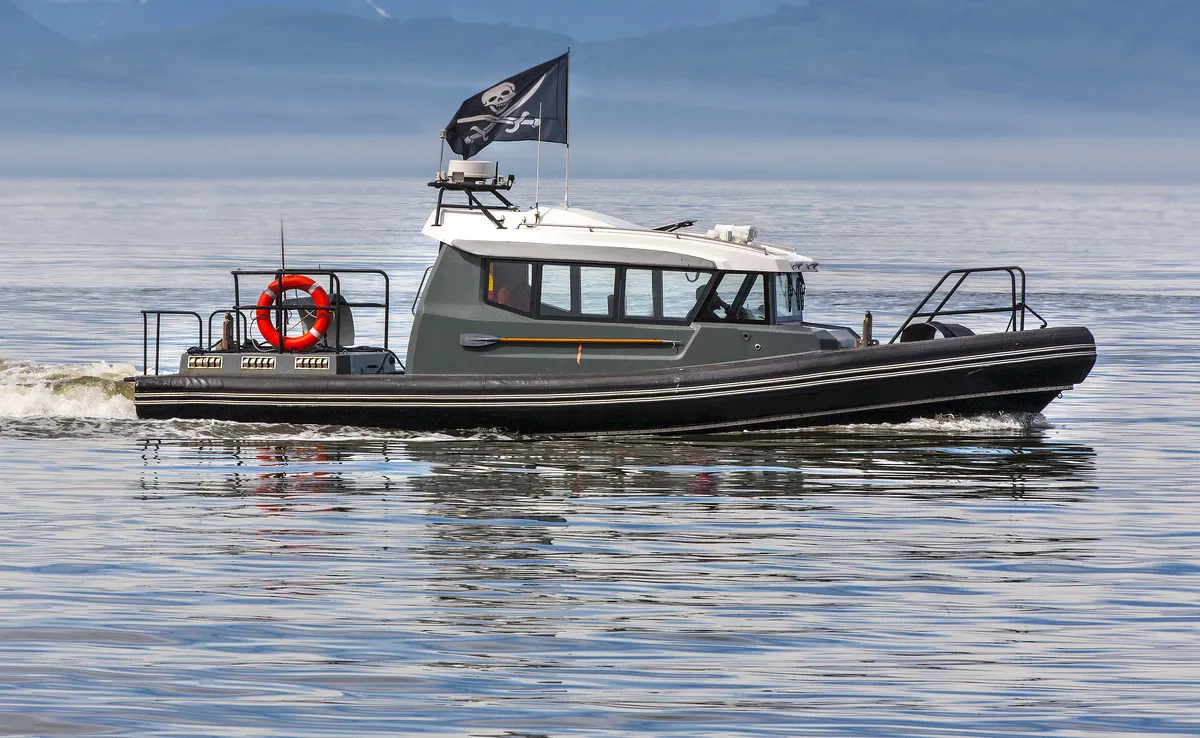
16. Pirates’ Code: More Than Just Guidelines
While Captain Barbossa in “Pirates of the Caribbean” might argue that the pirate code is more “guidelines” than actual rules, real pirates often adhered to a strict set of regulations. These codes, or “articles,” varied from ship to ship but commonly included divisions of loot, compensation for injuries, and even guidelines on musical practice (some ships forbade the playing of music on certain days).
Violation of the code? Well, let’s just say punishments ranged from marooning to execution. It seems pirates were a tad more organized than we give them credit for!
17. Pirate Clothes Weren’t Always as Flamboyant as Portrayed
The vibrant and flamboyant outfits of Captain Jack Sparrow might be iconic, but actual pirate clothes were more about function than fashion. Pirates wore what was practical for a life at sea. This often meant simple shirts, bandanas to keep sweat at bay, and sashes that served as utility belts for weapons.
However, the flamboyance we associate with pirate attire isn’t entirely a Hollywood fabrication. Captains and successful pirates did don fancier outfits as a show of their status and to intimidate foes. So, while not every pirate sported a feathered hat, those who did were making quite the statement!
18. Most Pirates Avoided Walking the Plank
While “walking the plank” is a popular and harrowing pirate trope, it was a rarity in actual pirate punishments. Most pirates preferred more direct methods of discipline, like whipping or marooning.
The dramatic act of forcing someone to walk a plank off the edge of the ship into shark-infested waters is largely a product of Hollywood and literature. However, it’s worth noting that the few accounts of plank-walking are indeed chilling, contributing to the terror-filled lore surrounding pirates.
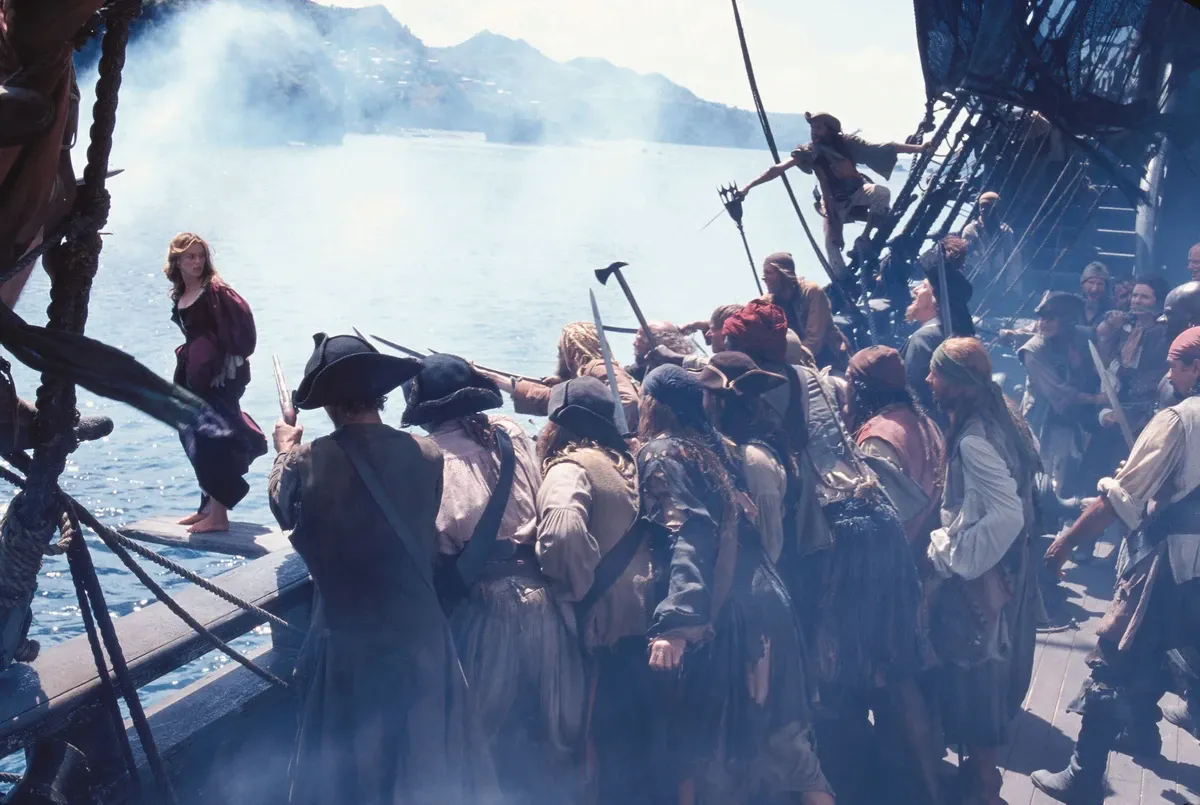
Image source: pirates.fandom.com
19. Pirates Had Their Own Form of Health Insurance
Believe it or not, pirates were pioneers in workers’ compensation! Recognizing the hazardous nature of their profession, pirate crews established systems to compensate members who suffered injuries. Depending on the crew and their code, a pirate might receive a set amount for the loss of an arm, leg, or even an eye.
It’s a stark reminder that even in the chaotic world of piracy, there was an underlying order and camaraderie among the crew. Who would have thought pirates were so forward-thinking?
20. Not All Pirates Were Outlaws
It might seem counterintuitive, but some pirates operated with the full blessing of their home countries. These ‘legal pirates’, known as privateers, were granted licenses by their governments to raid and plunder ships from enemy nations.
During times of war, nations like England and Spain would issue letters of marque, which basically said: “Hey, feel free to pirate, as long as it’s against our enemies.” These privateers, like the famous Sir Francis Drake, blurred the line between piracy and legitimate naval warfare.
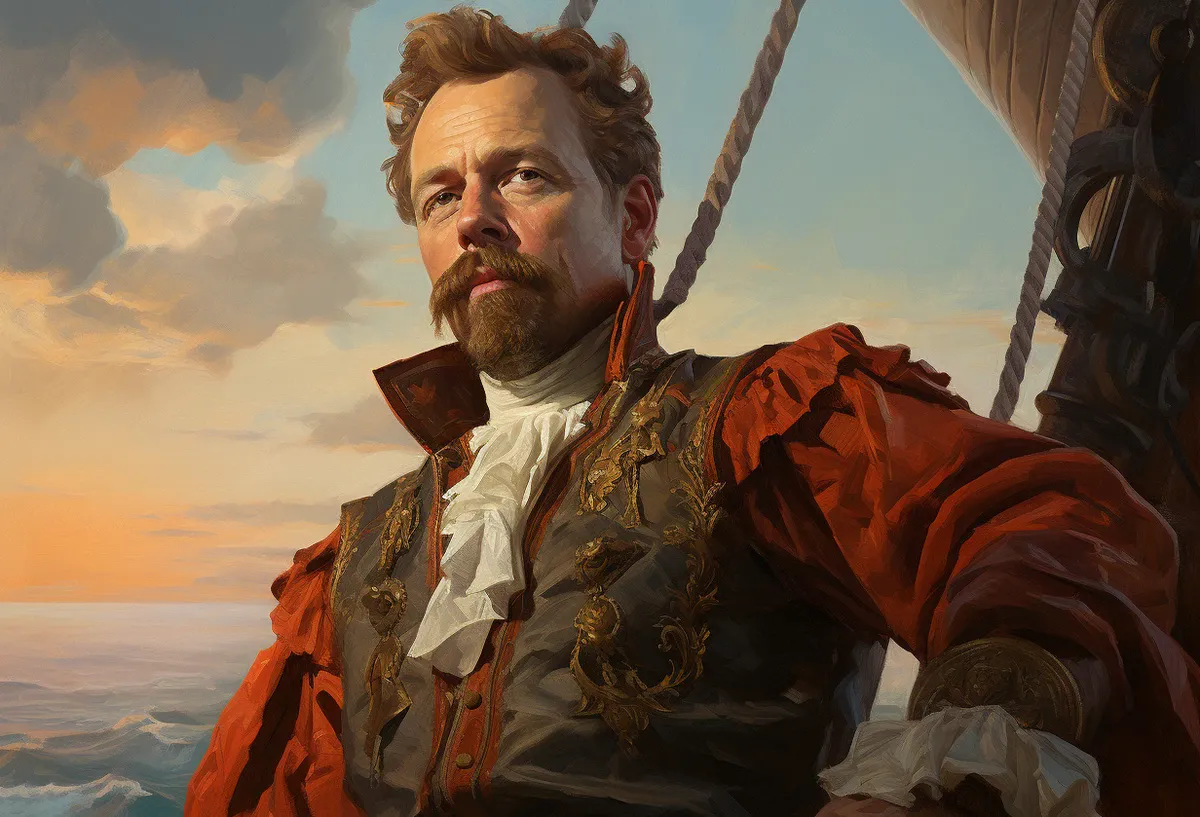
Sir Francis Drake – famous privateer.
21. Pirates Often Used Deception Over Brute Force
Contrary to popular belief, not all pirate encounters involved epic cannon battles. Pirates, being the cunning folks they were, often used deception to achieve their goals.
They’d fly false flags to get close to potential prey without raising suspicion. Once they were close enough, they’d hoist their pirate flag and launch a surprise attack. This strategy allowed them to conserve ammunition, minimize damage to captured ships, and maintain the element of surprise. Talk about some sly sea dogs!
22. Parrots, Monkeys, and Pirates? Oh My!
The image of a pirate with a parrot on his shoulder is iconic. But how did this association come about? While not every pirate had a feathered companion, exotic pets like parrots and monkeys were indeed popular among pirates.
These animals were seen as symbols of status and wealth, often acquired during raids or from exotic ports. Plus, they could be sold for a pretty penny when the need arose. So, while Polly might not have wanted a cracker, she sure added a splash of color to pirate lore!
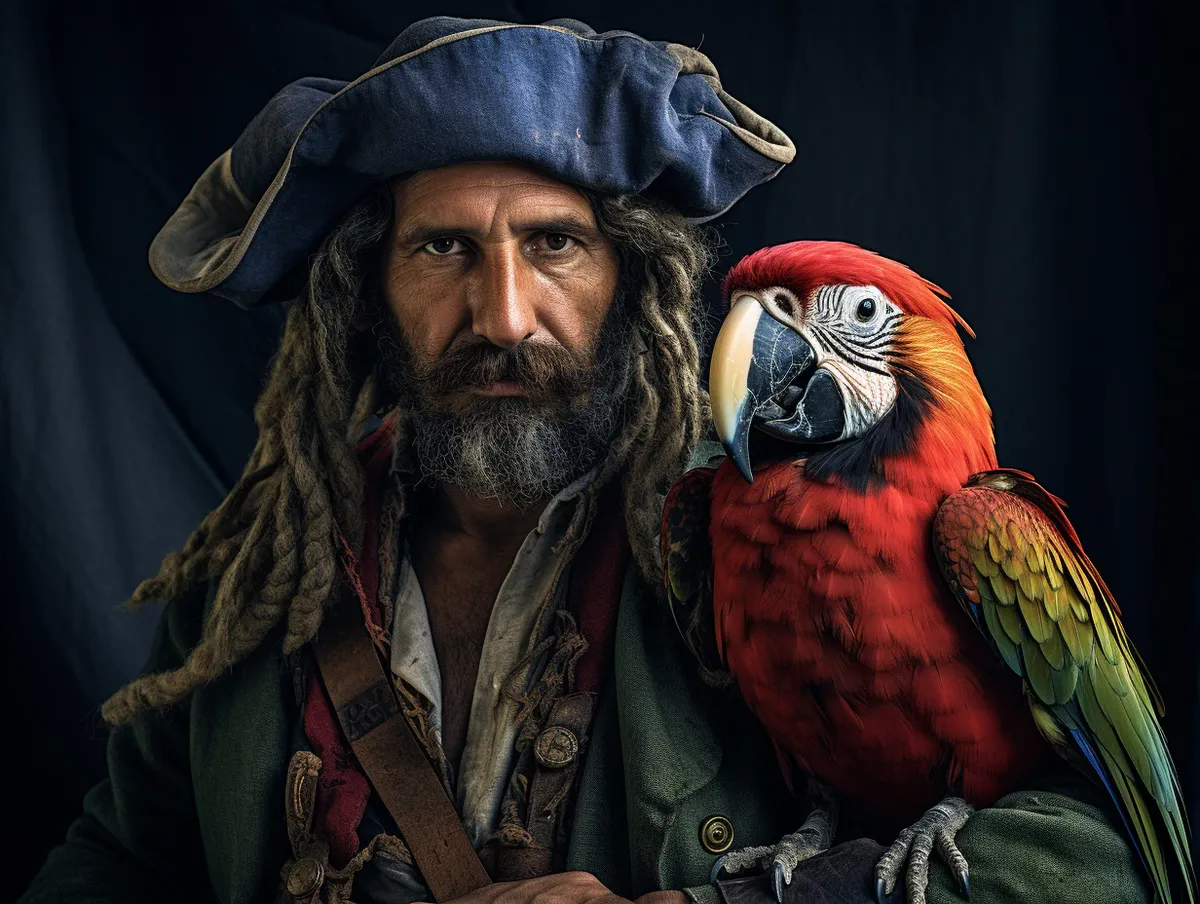
23. Blackbeard: The Most Infamous Pirate Was a Master of PR
Blackbeard, or Edward Teach, is arguably the most famous pirate to have ever lived, and much of his infamy was thanks to his knack for theatrics. He’d light slow-burning fuses in his beard, shrouding himself in a smoky, demonic aura during battles.
While his reign of terror lasted only a couple of years, his legacy has endured for centuries. But here’s the kicker: despite his ferocious reputation, there’s no confirmed record of him killing anyone before his final battle. Seems like Blackbeard knew the value of good PR long before it was a thing!
24. The Pirate’s “Gentlemen” Agreement
If pirates were notorious for anything besides, well, pirating, it was for their surprisingly just approach to the division of spoils. You might imagine a ‘finders keepers’ mentality, but in reality, many pirate crews operated under strict codes of conduct. Division of booty was often systematized. For instance, a captain might receive a share and a half, while the ship’s carpenter and surgeon might get three-quarters of a share.
This was because their skills were deemed essential in a life fraught with ship battles and resulting injuries. The deckhands would then split the remaining loot. In essence, it was a crude yet effective form of equality, ensuring that everyone got their fair share for their role in the crew. Such meticulous divisions were crucial in preventing mutinies and maintaining morale among these outlaws of the seas.
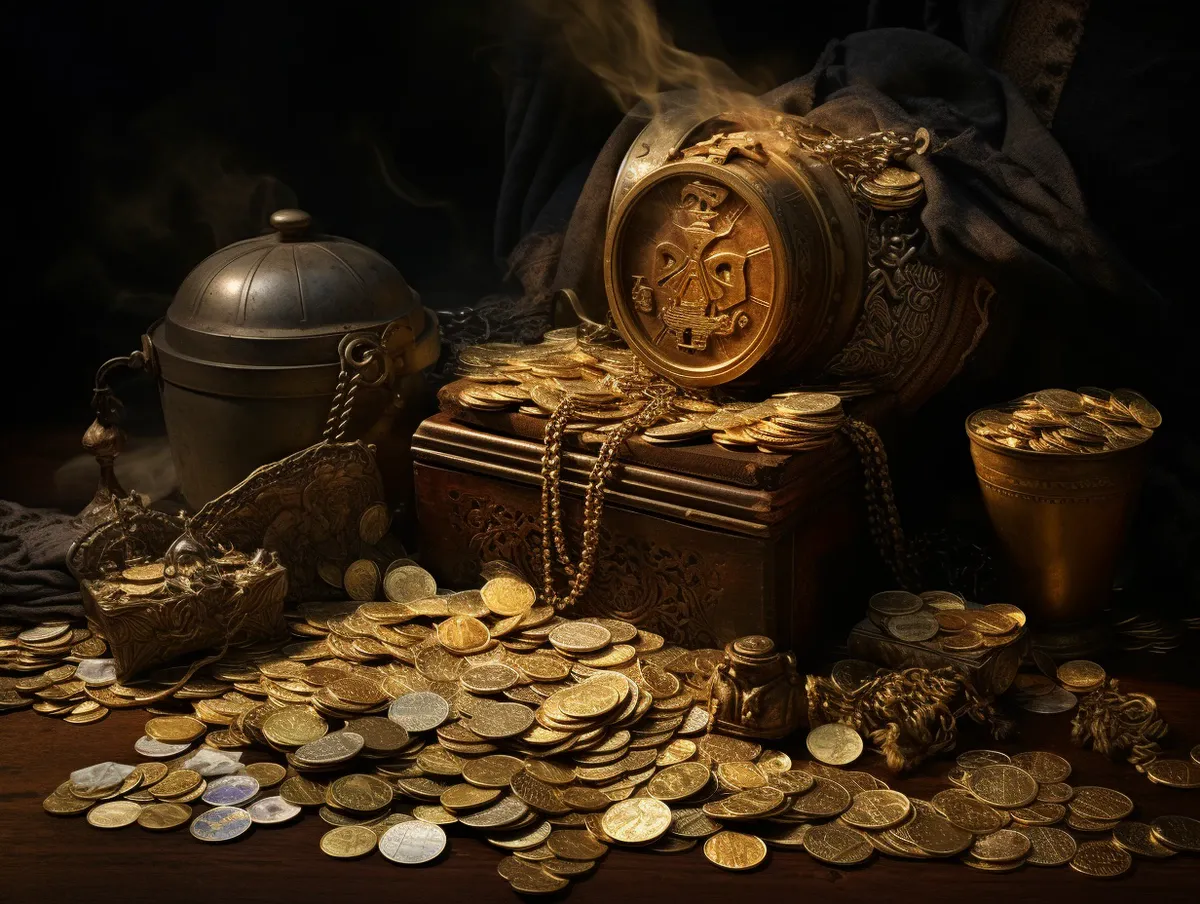
25. The Actual Pirate Diet: Less Rum, More…Turtles?
Contrary to the swashbuckling films, pirates didn’t just guzzle down rum and munch on ship biscuits. During their heyday in the Caribbean, they consumed a diverse diet. One favored food was the sea turtle, which was abundant in the region. Pirates would turn over the turtles on their backs, keeping them alive and fresh until it was time to cook.
Onboard, salted meat, dried beans, and hardtack (a hard biscuit) were staples. And while rum did flow, it was often mixed with water and lemon or lime juice to create a drink called “grog” – a concoction that both kept the crew spirited and fought off scurvy. Healthy and drunk: the pirate way.
26. Pirates of Different Colors: The Real Brotherhood
Piracy, surprisingly, was an equal-opportunity employer. Pirates were a mix of races and nationalities, with many ships having a significant number of African crew members. Some of these were escaped slaves, while others were freemen looking for a life away from the racial prejudices of the mainland.
Onboard a pirate ship, the color of one’s skin mattered less than one’s ability to fight and loyalty to the crew. This made pirate crews some of the most racially integrated groups in the early colonial period.
27. Treasure Maps: A Pirate’s Ultimate Clickbait
“X marks the spot!” You’ve seen it in movies and read it in books: a weathered parchment leading intrepid adventurers straight to the buried booty. But here’s a fun twist: most historical accounts suggest that pirates rarely, if ever, used such maps. Why? Well, mainly because if they got caught, that map was a straight-up confession! It’s like bookmarking your mischief on Google Maps.
However, the romance and mystery of a map leading to hidden treasure were irresistible tales for storytellers and, well, here we are, still hooked.
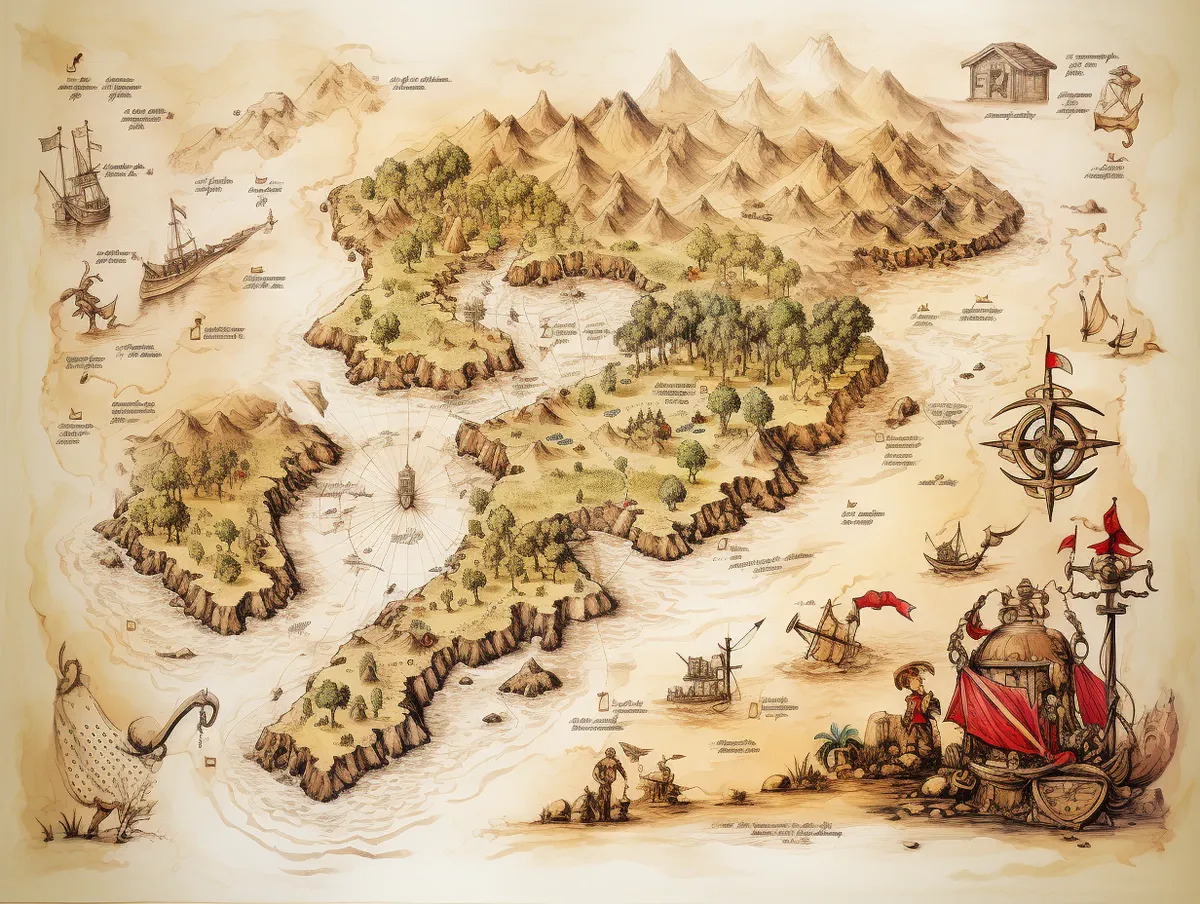
28. Ahoy to the Pirate Lingo!
While “Ahoy matey!” and “Shiver me timbers!” are fun to shout at a costume party, there’s a treasure chest full of actual nautical terms that pirates employed. Words like “avast” (stop), “belay” (secure) and “grog” (a delightful rum concoction) were common.
But here’s a fun tidbit: “Booty” didn’t just refer to someone’s rear end in a dance song; it was (and still is) a term for stolen goods. So, the next time someone compliments your “booty”, maybe double-check they’re not eyeing your wallet.
29. Pirate Recruitment: The OG Press Gang
Looking for a career change with a hint of danger, a dash of open sea, and a sprinkle of questionable ethics? You might just be press-ganged into a pirate crew! Pirates would often force skilled sailors from captured ships to join their crew. However, it wasn’t all against their will.
The pirate life, with its promise of riches and relative freedom, sometimes seemed more appealing than the strict discipline and poor pay of the navy. So, some sailors joined willingly, figuring if you can’t beat them, loot with them!
30. Pirate Branding: It’s Not What You Think
No, we’re not talking about pirate logos for their t-shirts. We’re talking about the kind of branding that was a little more… personal and painful.
Pirates who got caught and were lucky enough to avoid the hangman’s noose might find themselves branded with a “P” for pirate, ensuring everyone they met would know of their criminal past. It’s like a permanent “I was a naughty sailor” badge, making reintegration into polite society a tad bit tricky.
31. The Black Spot: Pirate’s Ominous Omen
Ever got a memo at work and thought, “This can’t be good”? Pirates had their own version, but it was a tad more dramatic than an email notification. Enter the “Black Spot”. A symbol of judgment among pirates, this dark mark, often delivered on a piece of paper, signified doom for the recipient. It was basically a pirate’s way of saying, “You’ve crossed a line, mate, and things are about to get dicey for you.”
Stemming from sailor folklore and immortalized by Robert Louis Stevenson’s “Treasure Island”, the Black Spot remains one of the most ominous symbols in pirate lore. So, if you’re thinking of leaving a note for your roommate about those unwashed dishes, maybe skip the Black Spot, lest you want them walking the apartment plank.
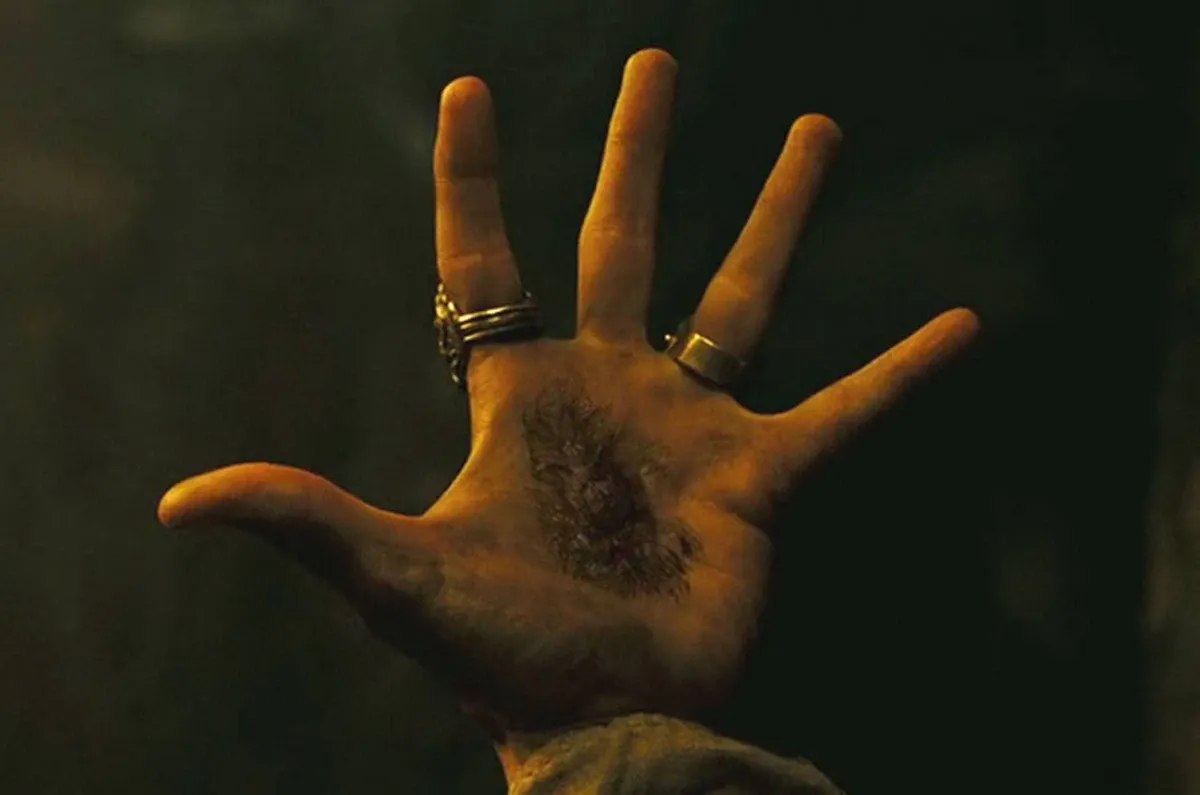
32. The Pirate’s Earring: More Than Just Bling
If you think wearing an earring is just about making a fashion statement, pirates would have you rethinking that! Sure, some pirates sported earrings for the sheer swagger of it, but there’s a deeper lore. Many believed that wearing an earring, especially one made of gold or silver, could improve or even protect one’s eyesight. Sound strange? Well, hold onto your tricorn hat, because there’s more.
Some pirates wore earrings as a form of insurance. The idea was that if a pirate met an untimely death at sea or in a foreign land, the earring would be valuable enough to cover the cost of a proper burial. Talk about forward-thinking! So, next time you see someone flaunting a shiny earlobe, just remember – it might be their pirate retirement plan.
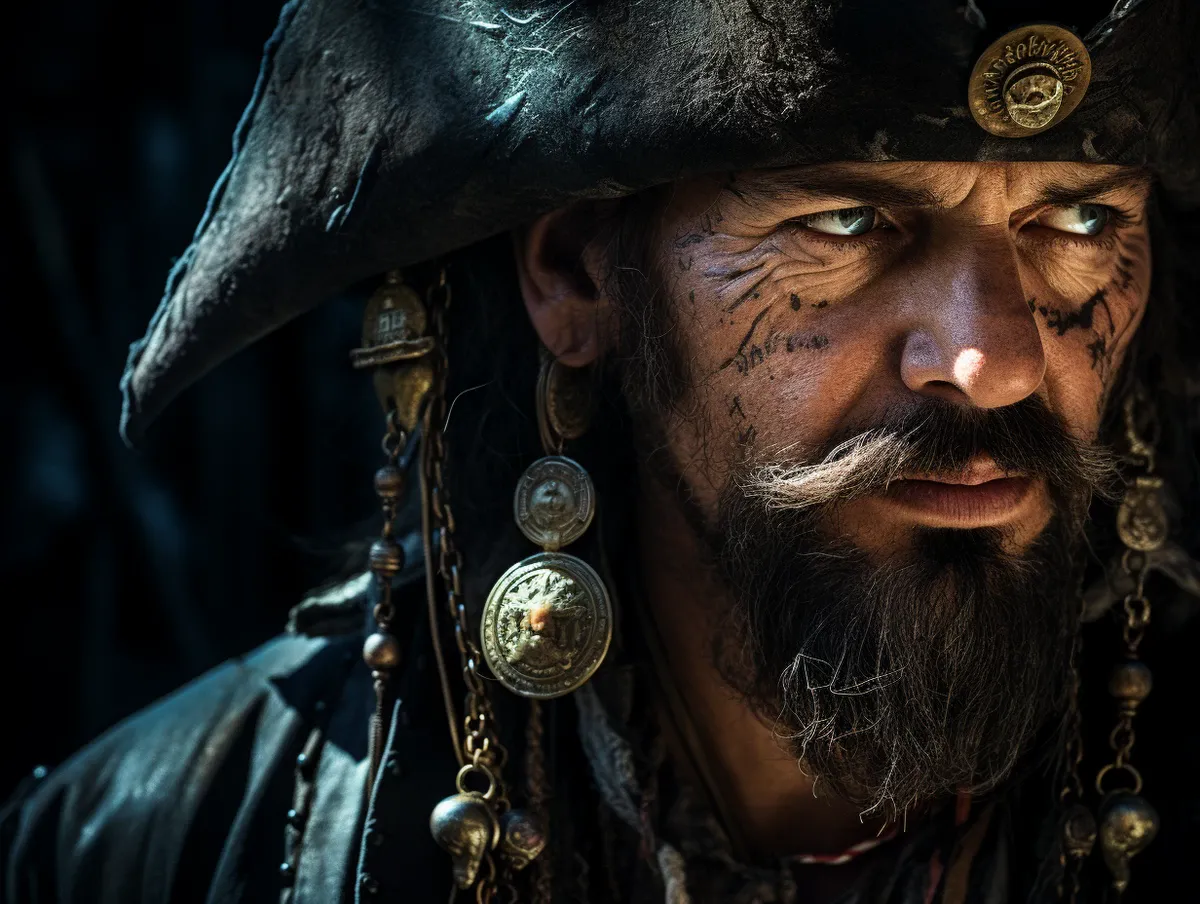
FAQ
What are 10 interesting facts about pirates?
- Many pirates didn’t make folks walk the plank; it’s more Hollywood than history.
- Pirates operated a form of early health insurance known as compensation.
- The iconic skull and crossbones flag is called the “Jolly Roger.”
- Not all pirates were outlaws; some were “privateers,” legally sanctioned by governments to raid enemy ships.
- The notorious pirate Blackbeard was known to light fuses under his hat to create a menacing aura.
- Pirates often had a democratic system aboard, voting on major decisions.
- Anne Bonny and Mary Read were two of the most feared female pirates.
- Pirate ships preferred to use intimidation over actual combat, saving resources.
- “Pieces of eight” is a real term, referring to Spanish silver coins popular in pirate loot.
- Some pirates believed earrings could improve their eyesight.
What are some facts about pirates for kids?
- Pirates often had cool nicknames like “Blackbeard” or “Calico Jack.”
- Their ships had unique names, too, like “Queen Anne’s Revenge” or “The Golden Hind.”
- They used maps, but not all had a big “X” marking the treasure spot.
- Pirates loved singing songs, called sea shanties, while working.
- They used flags to communicate with other ships or to scare them.
- A pirate’s best friend was a parrot… at least in stories!
- They wore eye patches, but not all had missing eyes – some just wanted to look tough.
- “Ahoy” was a common way for pirates to say hello.
- A good pirate always followed the ship’s rules; otherwise, they’d face pirate punishments!
- Pirates loved gold, but they also searched for spices, cloth, and other goods.
What did pirates do for fun?
Pirates enjoyed singing sea shanties, dancing, playing dice and card games, and storytelling. When they anchored at ports or islands, they would often indulge in local entertainment, drink a lot of rum (or grog), and have boisterous celebrations.
What are pirates known for?
Pirates are known for raiding, looting, and sometimes trading while navigating the high seas. They’re recognized for their distinct flags (like the Jolly Roger), their often flamboyant attire, their unique code of conduct and governance system aboard ships, and of course, their endless quest for treasure.
What do pirates want the most?
Historically, pirates sought wealth in any form – gold, silver, jewels, and valuable goods like spices or textiles. However, it wasn’t just about material wealth; they also sought freedom from the oppressive laws of their homelands and the rigid structures of naval service.
What are pirates saying?
Some popular pirate phrases include “Ahoy!” (Hello), “Avast!” (Stop), “Aye” (Yes), “Shiver me timbers!” (expressing surprise or disbelief), and “Yo ho ho” (often sung in sea shanties).
What did pirates fear?
Pirates had various fears: being marooned on a deserted island as punishment, facing naval warships (which were often more heavily armed than pirate ships), deadly diseases like scurvy, and the eventual hangman’s noose if caught and tried for piracy.
What skills did pirates have?
Pirates were skilled in navigation, combat, ship maintenance, and carpentry (for ship repairs). They also had to be adept at reading weather patterns, negotiation (for hostage situations or when dealing with merchants), and often spoke multiple languages due to the diverse nature of their crew and victims.
How often did pirates bathe?
Cleanliness wasn’t a top priority for pirates, but they’d bathe when they could, especially when at port. Onboard, freshwater was a precious resource, primarily used for drinking. So while they might have been a bit ripe, they were resourceful!
What is a female pirate called?
A female pirate is simply called a “pirate.” However, in literature and pop culture, they’ve sometimes been referred to as “pirate queens” when they commanded ships or had a notorious reputation, like Anne Bonny or Ching Shih.






